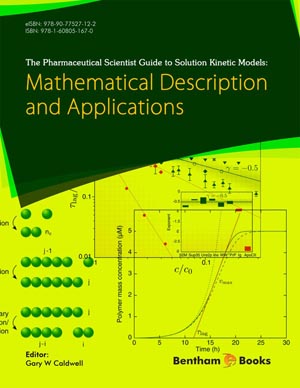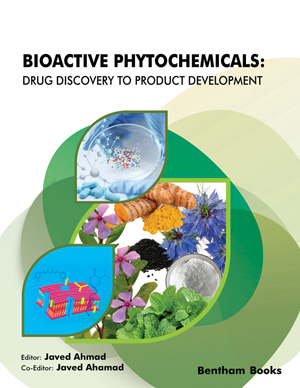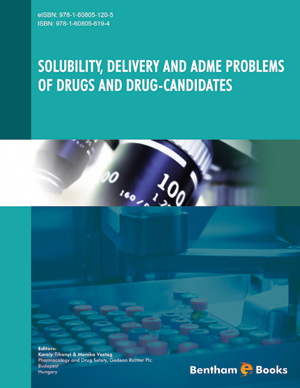Abstract
Introduction
Living cells have a unique ability to couple exergonic (energy yielding) and endergonic (energy requiring) reactions to produce proteins that are used by the cell to grow and reproduce. Proteins have highly specific three-dimensional structures and activity. Three-dimensional structural changes in these proteins result in loss of proteins activity and can occur as a result of relatively small changes in temperature and pH. Therefore, many proteins are so fragile that these proteins must be continually synthesized just to maintain the integrity of the cell. At 37°C few, if any, of the exergonic and endergonic reactions of intermediary metabolism would occur at a rate sufficient to permit cell maintenance and growth. Thus, the energy for this biosynthesis is derived from exergonic reactions and not from large temperature changes. To prevent exergonic and endergonic reactions from taking place randomly in different parts of the cell, specialized proteins whose sole function is to catalyze biochemical reactions are used to couple these reactions (i.e., enzymes). Thus, enzymes have a high degree of specificity and stereochemical specificity for their substrate. Therefore, living cells can operate under relatively mild conditions because they utilize enzymes, which selectively lower the energies of activation of the vital biochemical reactions. Enzymes, then, are catalysts that speed up the rate of chemical reactions without themselves being consumed....






















